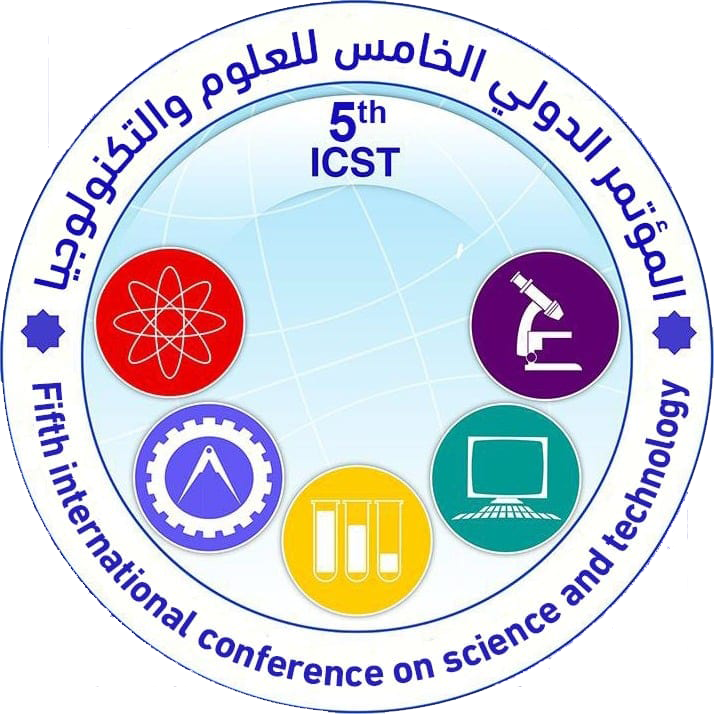Cement logs evaluation Ghadames Basin, (Al Wafa Gas field), case study, Libya
Abstract
The acoustic logging method is the most commonly used to qualify a cement job. It can be run several hours or several days after the cement placement and evaluates the quality of the bond (acoustic coupling) between the casing, the cement and the formation. It measures the attenuation of the sound signal as it propagates through the casing, cement and formation and returns to the sensor. This technique and will help spot free pipe, partially bonded or fully bonded pipe. The aim of this paper is analyses and evaluates cement logs data in two wells within Al Wafa Gas field, the cement logs analysis results of two wells shown variables cement condition behind the casing. The well A24-NC169A, analysis showing a good cement condition for both casing and formation as the signature of cement logs showing very low amplitude reading due to high attenuation of waves in cement bound log because the cement was good behind casing. The well A56-NC169A, showing variable results, as good cement condition behind the casing bond to casing, formation, micro- annual and channeling condition. The gamma- ray ranging from 40 to 150, as sand to shaly sand sediments, transit-time was normal, cement bound log recorded variables from low, medium to high amplitude (18 to 56) due to different wave attenuated depending on cement condition (good to partially cement). Variable density log showing variable results (Formation arrive, casing arrive, no casing arrive and no formation arrive, all depending on cement behind the casing. In general, the results revealed good cement condition.
Full text article
Authors
Copyright (c) 2022 Journal of Pure & Applied Sciences

This work is licensed under a Creative Commons Attribution 4.0 International License.
In a brief statement, the rights relate to the publication and distribution of research published in the journal of the University of Sebha where authors who have published their articles in the journal of the university of Sebha should how they can use or distribute their articles. They reserve all their rights to the published works, such as (but not limited to) the following rights:
- Copyright and other property rights related to the article, such as patent rights.
- Research published in the journal of the University of Sebha and used in its future works, including lectures and books, the right to reproduce articles for their own purposes, and the right to self-archive their articles.
- The right to enter a separate article, or for a non-exclusive distribution of their article with an acknowledgment of its initial publication in the journal of Sebha University.
Privacy Statement The names and e-mail addresses entered on the Sabha University Journal site will be used for the aforementioned purposes only and for which they were used.





